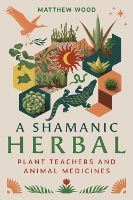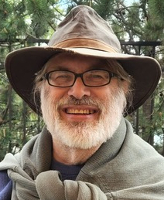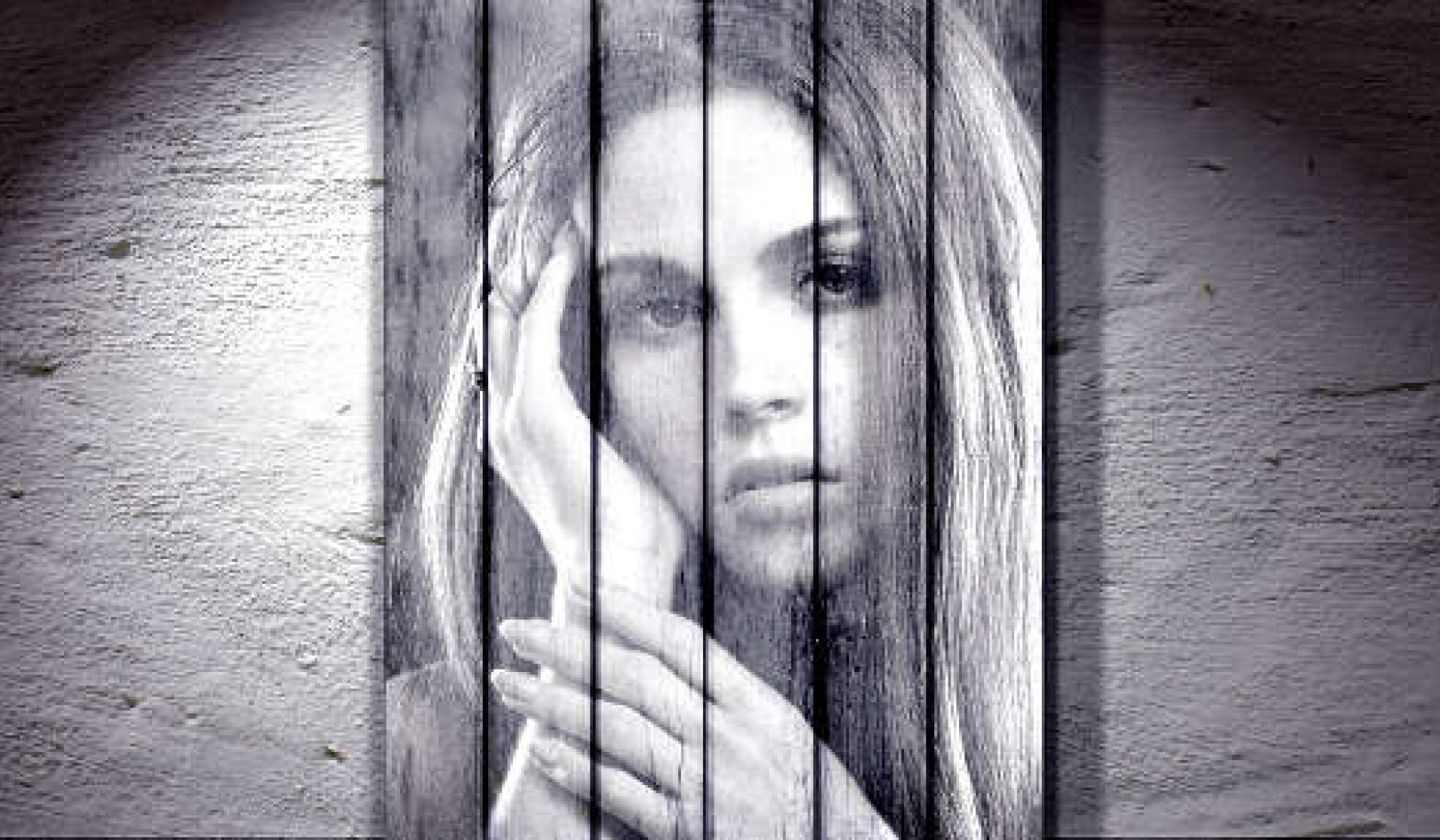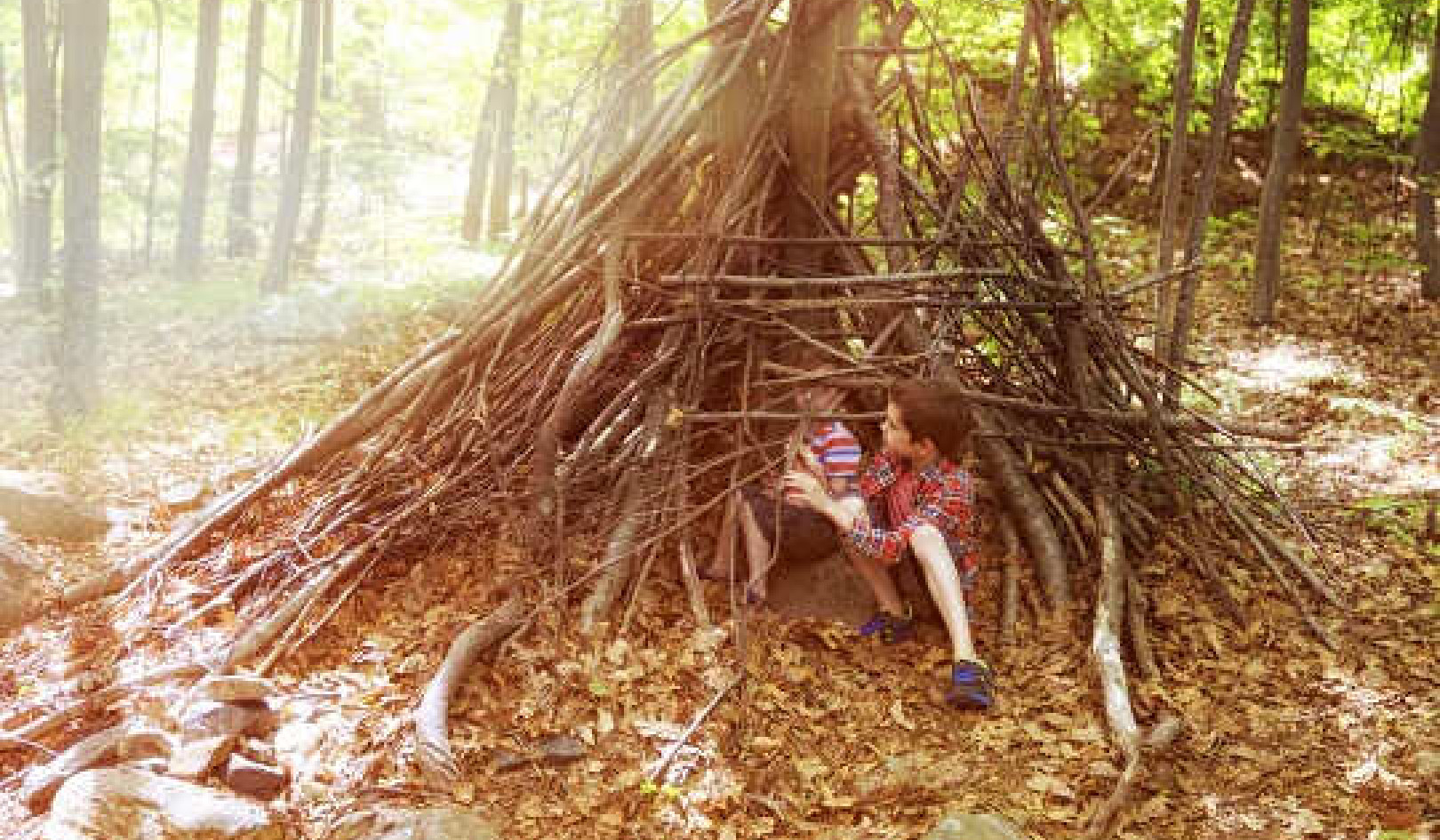
In This Article:
- How silent knowledge can lead to the realization of inner truth.
- What role do stories and traditions play in uncovering inner wisdom?
- How embracing inner truth impacts our understanding of life’s mysteries.
- How silence and meditation help us connect to deeper spiritual truths.
- What is the relationship between the soul, spirit, and truth in guiding our lives?
Silent Knowledge and Inner Truth: A Journey to Realization
by Matthew Wood.
One evening, more than thirty years ago, I went out for dinner with an American Indian friend I had met in the herb store. She was a poised, well-educated woman of middle years, who resided in one of the wealthiest neighborhoods in the city. I was not expecting an education, but as she spoke, I began to realize she was teaching me.
I learned more things about medicine that night than I learned in any other three hours. Now, thirty years later, I realize maybe I should have camped out on her doorstep and learned more, but because of stereotypes (my own knownism), I didn’t think of her as the expert she was.
Indians who reflect traditional ways often teach by subtle suggestions; they don’t want the listener to lose face or feel imposed upon. Being a teacher is a very delicate position. Also, they feel that people should have an inner sensitivity to the knowledge imparted. It should not be given away for free. It should—indeed—must be worked for. Much is asked of the student, as well as the teacher. The student who pays attention earns the knowledge and respects both the knowledge and the teacher.
Politically Correct According To Who?
Back in those days, when this conversation took place, politically correct people got uptight using the word “Indian” and replaced it with “Native American.” That didn’t fly in Canada, so they adopted the term “First Nation.” Later there was a switch to “Indigenous.”
All of this was done without asking the Indian people what they thought. The PC advocates of the time certainly didn’t ask members of the American Indian Movement—the leading politically active group in Native America. While AIM did not speak for all Indian people, it was certainly well known in the American press, due to the seizure of Alcatraz and Wounded Knee, plus other run-ins with the FBI. A kid in my high school was on probation for hitting an FBI agent over the head with a pipe.
It would have been respectful to ask AIM what they thought was a respectful term—but white people thought they knew better. They didn’t know about “deserving to know” or even “listening.” The white way, as they said on the Seminole rez, was “too-much-Jesus.” Preach, preach, preach and don’t listen.
“The Indian People”
My dinner friend kept pointedly using the expression “the Indian People.” That caught my attention: it was like a speed bump in the road of the conservation. Why did she use the phrase? I wondered.
I listened more carefully and became aware of the undercurrents behind her choice of words. They were a statement: We are People, we are a People. And finally there was even the deepest inference: We are the People . . . of the Land.
What did my friend call my people? In traditional Native teachings, the Indian educator is very polite and doesn’t like to cause loss of face. My friend used the term only once, but it was shocking when she did: invader. She applied it to someone else, deflecting it from me because she didn’t want to offend me. I’ve met Indian people much more militant than this woman, but she was the only one who made sure I knew who I was.
Although my friend was educated in the colleges of white society, she still spoke in the traditional fashion. Everything she told me was a story. Not one thing was presented as something derived from logic, which I had to agree or disagree with.
She just told me stories; one after another. If I understood them, then I deserved to know. One of them, about the Bat People, I failed to understand for decades. It would take getting coronavirus for me to understand this most profound and powerful medicine animal.
Knowing Truth
The thing about truth is: when you feel it, you know it and you have to believe it. A spiritual test occurs at that moment: are you going to accept truth or reject it?
If you accept it you will henceforth have to acknowledge that truth in your life. It might be inconvenient; you’re not going to make money off it either.
When the spirit directly reveals a truth to a person and they reject it, the instrument of truth-knowing within them is permanently damaged. Wrong behavior is forgivable, disbelieving external facts is forgivable, but disbelieving truth is irreparable.
The Inner Light
What is the instrument of truth-knowing? This “detector” is personal and subjective. There was originally no name for it in our culture—is that a statement or what? Since it was the center of their religion, Quakers invented a term to fill the gap: the Inner or Inward Light.
I learned about it in Quaker First Day School and it was explained by my father at home. I experienced it when I had my “mountain top experience,” when I knew that Nature was alive and I had experienced a spiritual truth and I knew—even at age eleven—that I had to believe it or forever lose my ability to know spiritual truth.
The Inner Light is often mistaken for “conscience,” but that is the “whispering of the superego.” Still, listening to the superego is good practice and better direction than a lot of other voices. Most of what I heard growing up in Quaker meeting was the “whispering of the superego.” But people were trying to hear something at the edge of human life.
The idea that each person possesses the Inward Light, without reference to anyone or anything else, is one of the two Quaker doctrines. The other is that truth reveals itself in all times and places. So there is also an Inner Truth which is knowable by the individual without regard to any external source, doctrine, or person. These were my spiritual “training wheels” when I was growing up.
This might sound like the “everyone has their own truth” miasma, but it is based on the I assumption that there really is such a thing as “the truth.” What the Quakers mean is that there is a real truth and everyone has to seek for it, work for it, and deduce whether it is truth or not from the feeling it gives them.
Believing What You Are Told?
During the churchianity era, one was supposed to believe what the minister said, the church doctrine, or the Bible. During our own “scientific era,” one is supposed to believe the conclusions and opinions of experts published in scientific journals and parroted (or even misrepresented) by the mainstream news industry.
Without the ability to detect truth, animals could not survive, nor their wounded kin, man, who still possesses animal instincts but not the ability to believe them. We destroyed the connection between human and spirit, but the connection between animal and spirit remained.
Most people don’t have confidence in things spiritual. Many people resort to authority figures or creeds. Or they imagine they are divining the truth when they are just fantasizing. At least these people are trying. Most people don’t even bother about spiritual life.
The Inner Truth
What the Inner Light finds is Inner Truth. It comes in discrete words or no words, in pictures or feelings. The common experience is that one just “knows it is true.” Sometimes there is a background of silence when an internal truth is revealed. Blavatsky called it the “voice of silence.” Don Juan called it “silent knowledge.” The Hebrew prophets called it the “Word of God.” The Quakers meet in silent meeting.
The opposite of truth is falsehood and the opposite of silence is noise. We live in one of the noisiest societies imaginable. Not only are we are bombarded by words and images all the time but even by invisible electro-magnetic signals. Most people don’t feel them, but a few people are bothered by them. So it is a good thing to withdraw into silence or meditation from time to time.
Forests are a good place. Even a log cabin or a sauna is a good environment because something about wood shields us from the thought-vibrations of people in the world and the invisible electro-magnetic signals that are constantly coursing through the air.
The Instinct for Truth
One would think the ability to know truth would be a subject of study
in any culture, but we understand why this is not the case in Western culture, since logic dominates over inward perception.
I am grateful that at least we have a word for truth! Knowing truth is not even a subject of study in our culture; not even in psychiatry or psychology. The only psychiatrist I stumbled on who defined a internal instrument for truth-knowing was Marie-Louise von Franz—one of Jung’s most trusted students. This came out in her lectures on alchemy:
“One is capable of distinguishing the true from the false, [when] there arises or grows within the personality what one could call the instinct of truth” (Franz 1980, 172).
Von Franz attributes the appearance of this instinct to the approach of “the Self,” the core integrative factor within the psyche—what I would interpret as the soul being led by the spirit:
[W]hen the Self is so present and so strong . . . the instinct of truth gets through quickly, like a radio telegram, and one reacts rightly, without knowing why. It flows through one and one does the right thing. . . . That is the action of the Self becoming immediate, and only the Self can accomplish this. (Franz 1980, 172; punctuation slightly altered)
What beautiful observations and statements! And yet, we hardly ever have such discussions in our culture. When von Franz wandered onto this subject in her lecture, the students asked her to elucidate. From the transcript it is clear they hadn’t heard of anything like this before.
Drawing Closer to the Soul
As we develop this faculty, the spirit is able to draw closer to the soul because there is nothing in the spirit that is not true. Good Doctor von Franz is correct. We start to automatically understand truth because there is less and less space between soul and spirit.
Through the instinct of the animal self, we know what is true and what is not. The truth comes to us as a certainty, which we know in our body as a kind of body knowledge. It generally cannot be conveyed by external words, but only mind-to-mind or Nature-to-human.
It also comes to the person as a realization. Before, one knew nothing; now something true has been revealed. The terms silent knowledge (don Juan), inner truth (Quakers), and realization (Paramahansa Yogananda, Max Freedom Long) are interchangeable.
Copyright 2024. All Rights Reserved.
Adapted with permission.
Article Source:
BOOK: A Shamanic Herbal
A Shamanic Herbal: Plant Teachers and Animal Medicines
by Matthew Wood.
 Sharing profound experiences from his long career as well as his first years growing up on a remote Seminole reservation in the Everglades, renowned herbalist Matthew Wood interweaves practical herbalism and the spiritual potency of Nature to deeply explore the plant teachers, animal medicines, and foundational principles of shamanism as a spiritual path.
Sharing profound experiences from his long career as well as his first years growing up on a remote Seminole reservation in the Everglades, renowned herbalist Matthew Wood interweaves practical herbalism and the spiritual potency of Nature to deeply explore the plant teachers, animal medicines, and foundational principles of shamanism as a spiritual path.
For more info and/or to order this book, click here. Also available as a Kindle edition.
About the Author
Article Recap:
This article explores the intertwined concepts of silent knowledge and inner truth, illustrating how they guide us to profound realizations. Through stories, traditions, and personal experiences, the article highlights the importance of listening to the silent knowledge within, which leads to the discovery of inner truth. By cultivating this understanding, we draw closer to our soul and spirit, enabling a more authentic and spiritually fulfilling life. The realization of inner truth is a journey that deepens our connection to the greater truths of existence.



 Matthew Wood has been a practicing herbalist for more than forty years. He is an internationally known teacher and author with more than ten books to his credit, including The Book of Herbal Medicine, The Earthwise Herbal, Holistic Medicine and the Extracellular Matrix, and A Shamanic Herbal. Matthew has an MSc in herbal medicine from the Scottish School of Herbal Medicine (accredited, U. of Wales).
Matthew Wood has been a practicing herbalist for more than forty years. He is an internationally known teacher and author with more than ten books to his credit, including The Book of Herbal Medicine, The Earthwise Herbal, Holistic Medicine and the Extracellular Matrix, and A Shamanic Herbal. Matthew has an MSc in herbal medicine from the Scottish School of Herbal Medicine (accredited, U. of Wales). 






















